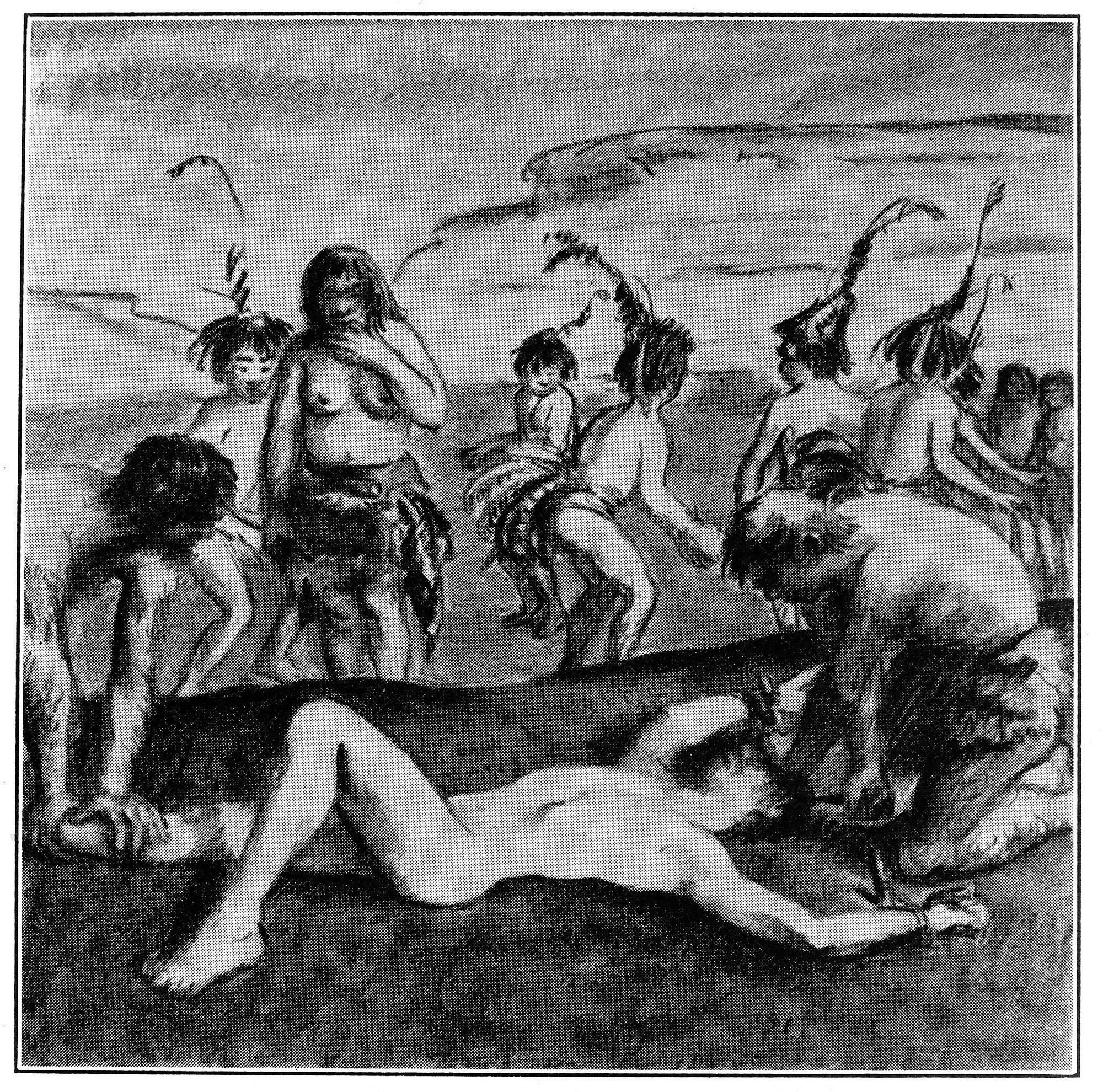Wrong Göbeklitepe skulls reported in Turkish media
Özgen Acar
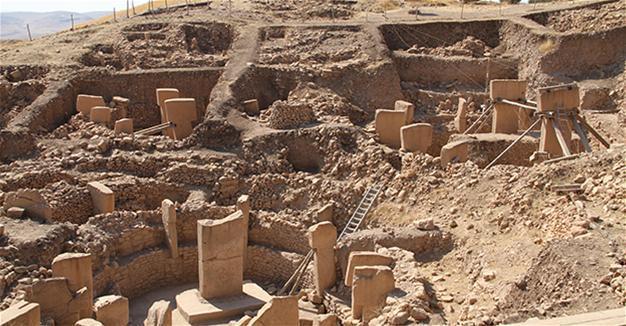 Human skulls unearthed in the world’s oldest temple Göbeklitepe (9,500-7,500 B.C.), in the southeastern province of Şanlıurfa, were recently reported in the Turkish media with the wrong visuals.
Human skulls unearthed in the world’s oldest temple Göbeklitepe (9,500-7,500 B.C.), in the southeastern province of Şanlıurfa, were recently reported in the Turkish media with the wrong visuals. Göbeklitepe is among the world’s most important ancient sites, dating back to the period of humankind’s transition from hunting to settled agricultural life.
Excavations recently unearthed a total of seven skull pieces of three different people, on which straight and deep lines were carved. Officials say that these findings are the first of their kind in Göbeklitepe. There was even a hole made in one of the pieces (Photos 1-2A-2B), and some of them were decorated with amber or covered with kiln.

(Photo 1)
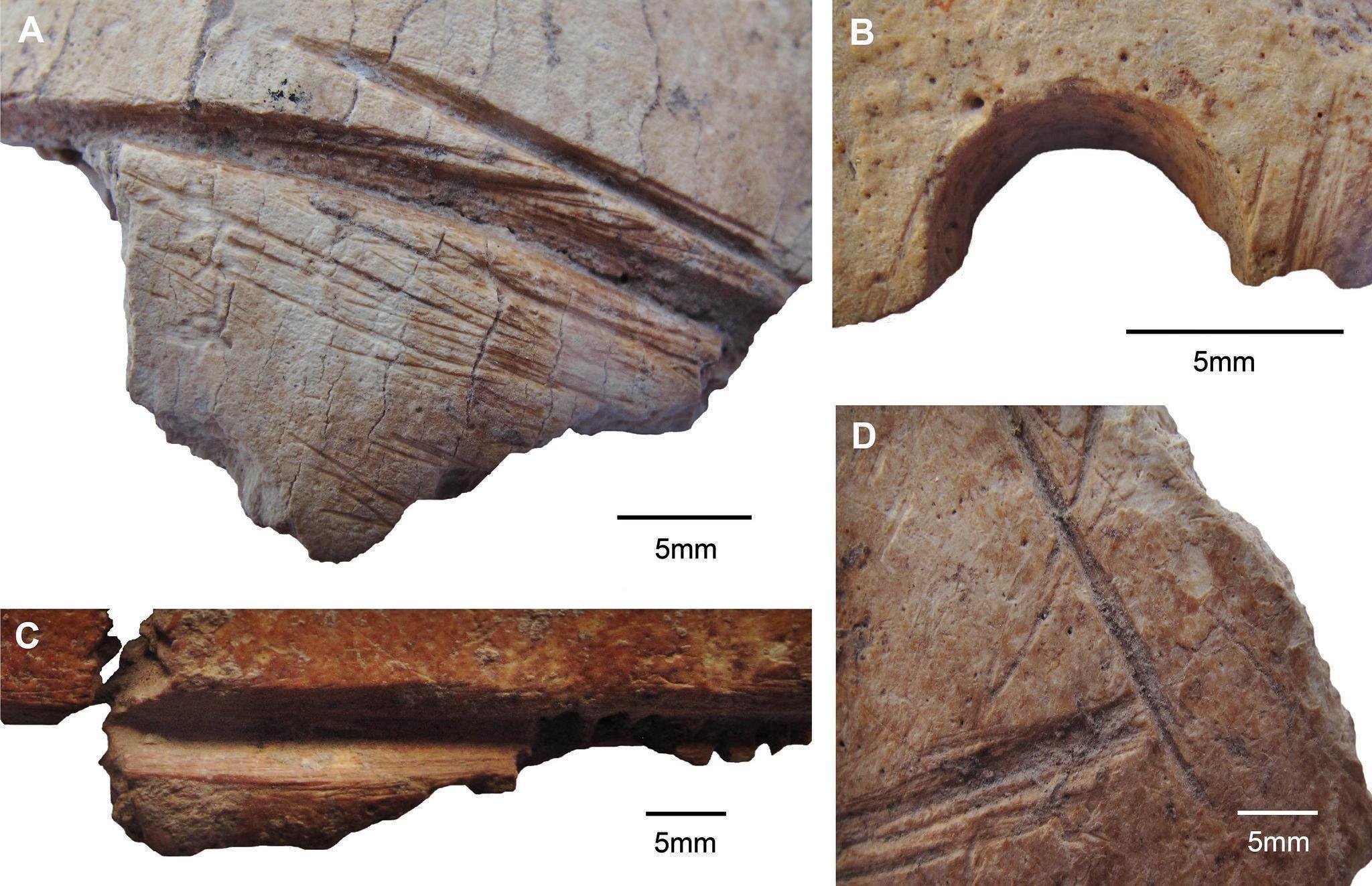
(Photo 2A)
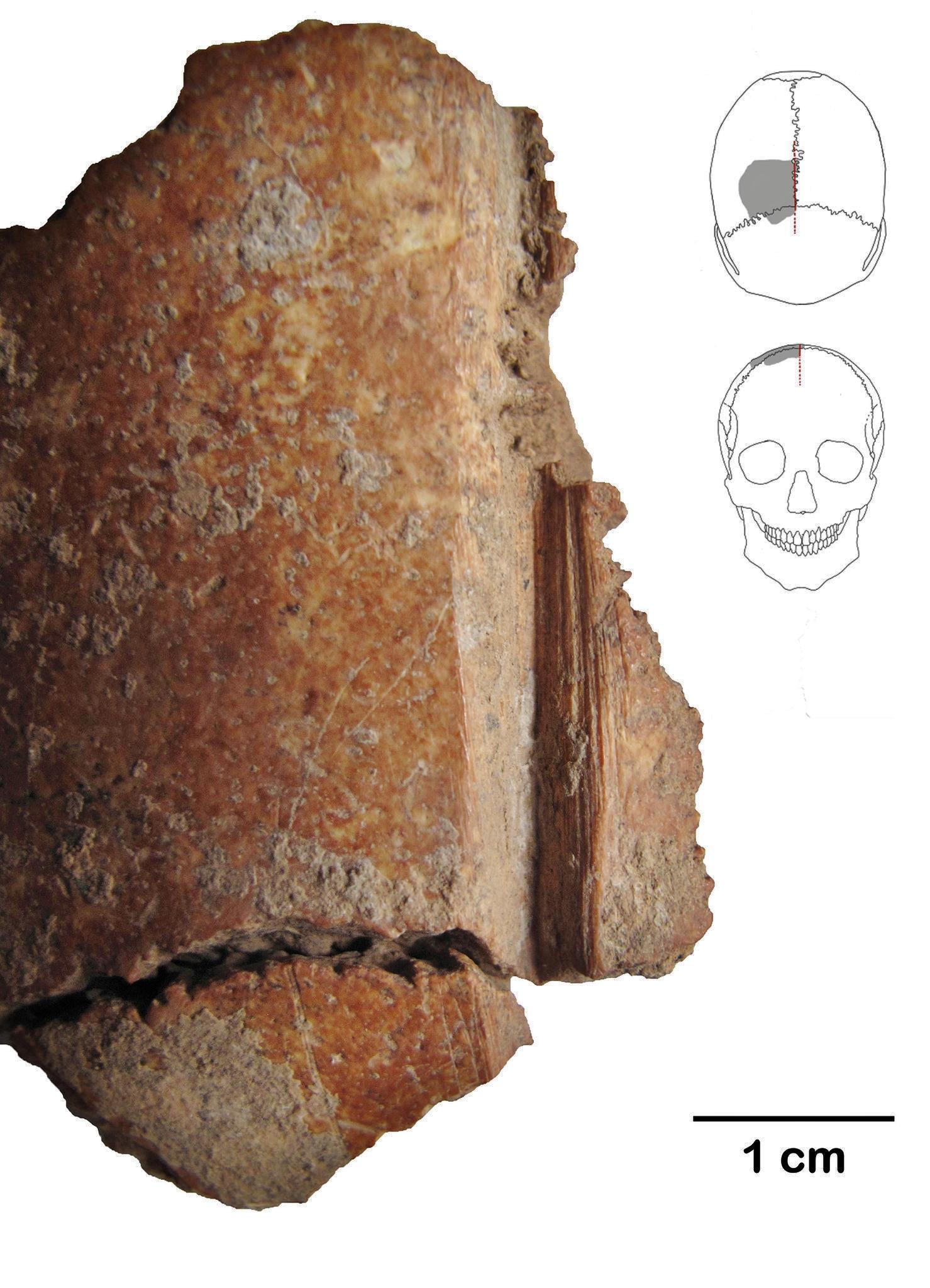
(Photo 2B)
“The skull cult in the Neolithic Age [8,000-5,000 B.C.] is frequently found in various types, but the carvings found here are extraordinary,” said German anthropologist and paleopathologist Julia Gresky, who has taken part in the Göbeklitepe excavations.
Gresky said the skull pieces in Göbeklitepe are the oldest known carved skulls in the world, and may have once been placed in special niches around the monumental temples of Göbeklitepe or hung somewhere with leather cords.
“The hole carved in the skull mean that it was intended to be hung as a whole,” she added.
However, articles about the Göbeklitepe skulls in many Turkish newspapers mistakenly used two photos from completely different geographies and cultures.
One of these photos was from excavations at Jericho near Jerusalem (Photo 3) in 1953, showing a skull from the Neolithic Age discovered by British archaeologist Kethleen Kenyon. There was a hole in this skull, the face of which was covered with kiln and the eyes of which were covered with the shells of sea animals. The Jericho skull, which is on the list of the world’s most famous archaeological artifacts, was displayed in various museums in Europe, including the British Museum in London, until last December.

(Photo 3)
By covering the skull with a kind of “skin,” researchers worked to find the original look of the head of the ancient skull (Photo 3A). In a similar way, the Phrygian King Midas (Photo 4A-4B) and Halicarnassus Princess Ada (Photo 5) were also covered and put on display in the Manchester Museum in the U.K. Inspired by this skull, American sculptor Jimmie Durham produced a work named “Head” in 2006 by using wood, papier-mache, hair, sea shell and turquoise (Photo 6).
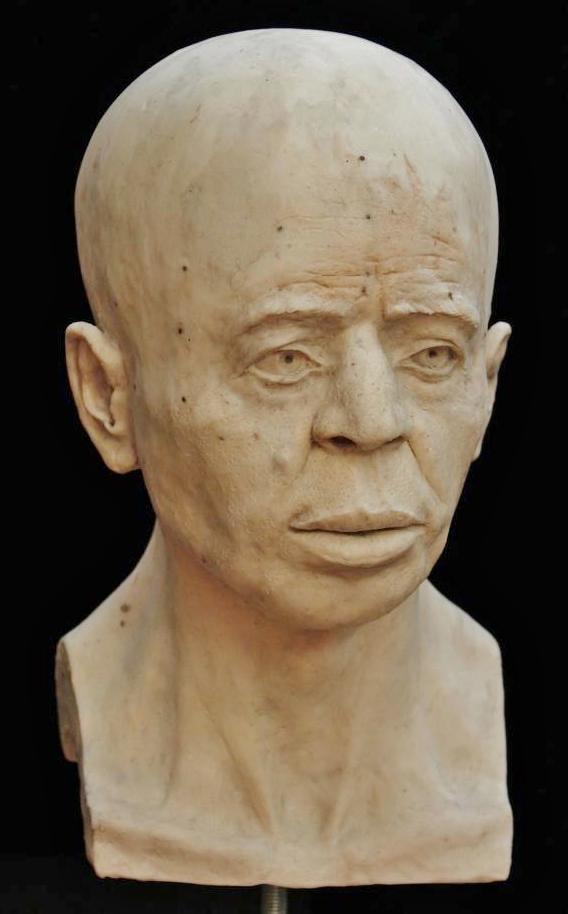
(Photo 3A)
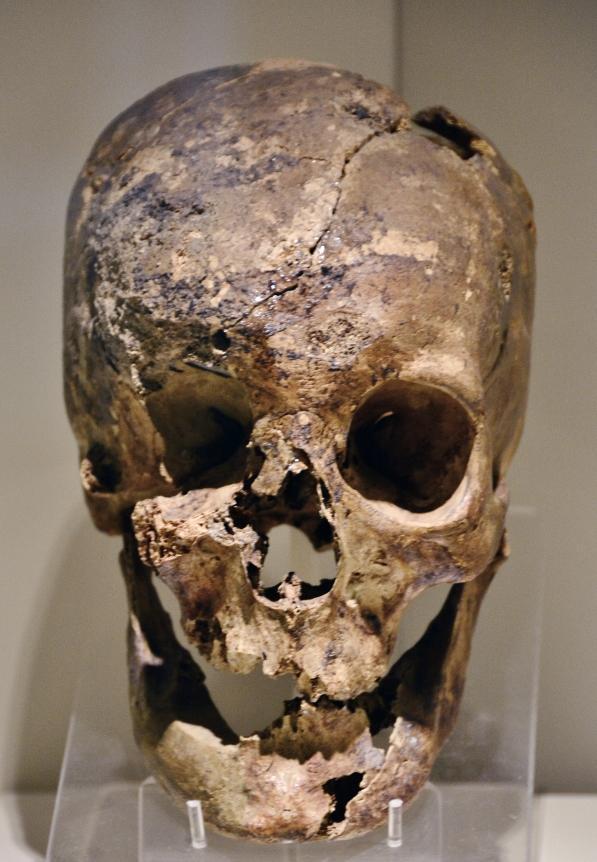
(Photo 4A)

(Photo 4B)
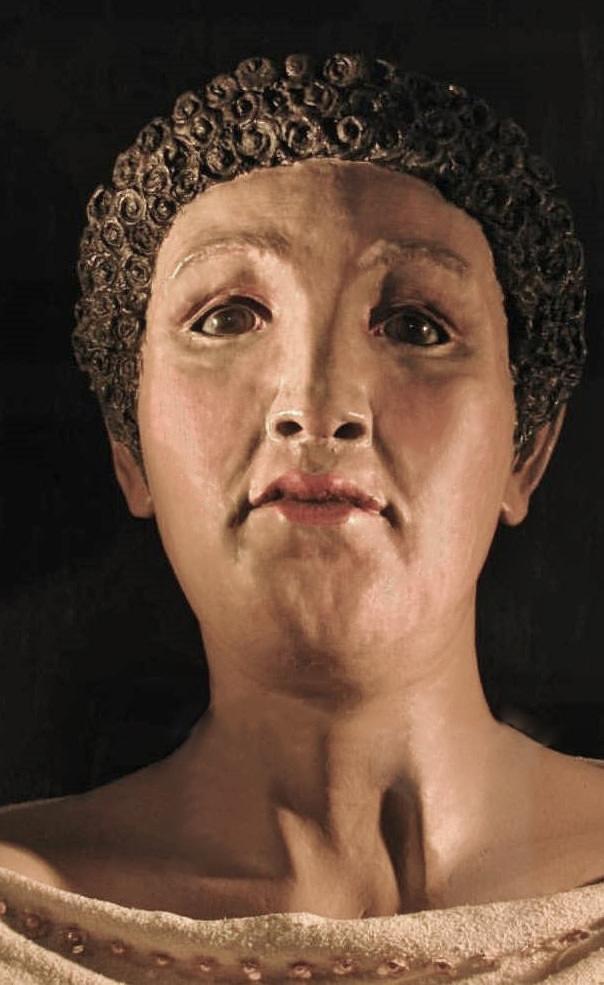
(Photo 5)
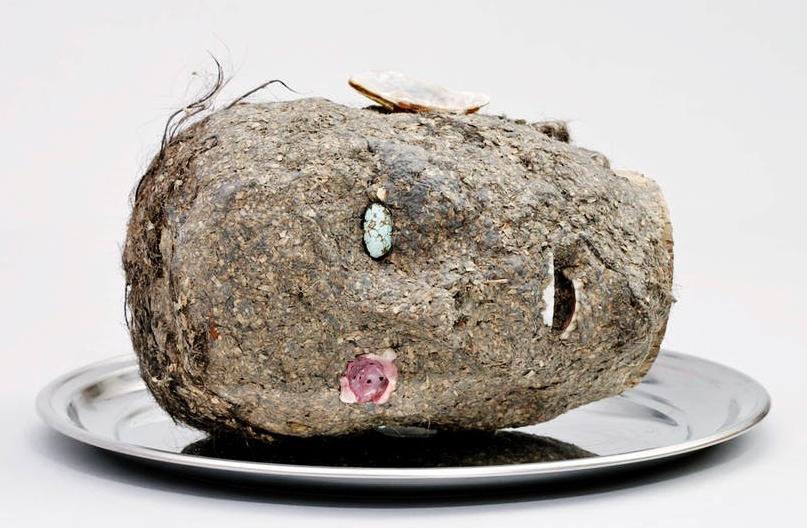
(Photo 6)
The second mistaken skull (Photo 7) reported in the Turkish media dates back to 5,000 B.C. in Anatolia, and was recently on display in the exhibition “Brains: The Mind as Matter” in the Wellcome Collection in London. Also on display in the same exhibition were pieces of the brain of Albert Einstein, who died in 1955.
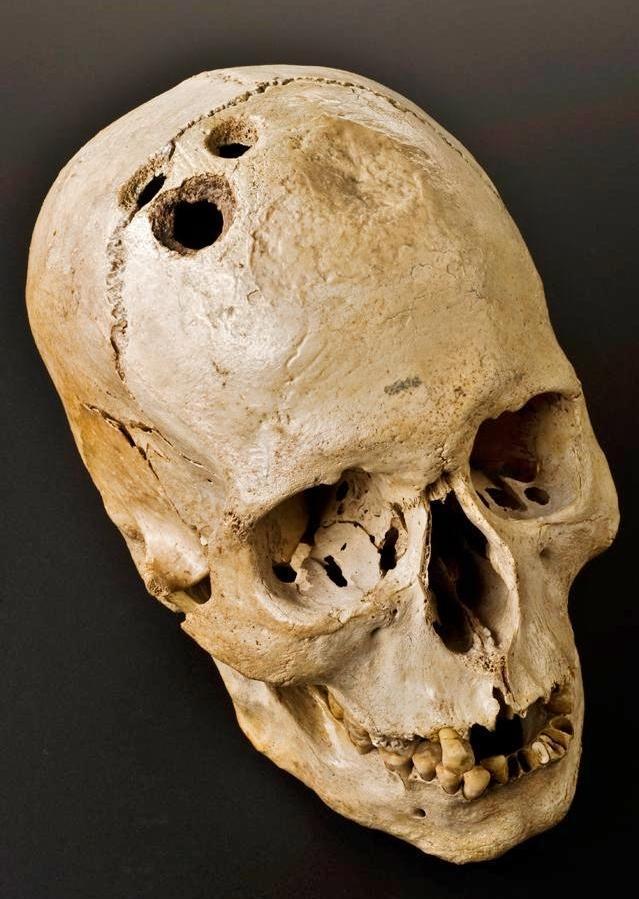
(Photo 7)
Göbeklitepe is famous as being a “cradle of civilization.” Although it is among the earliest examples of settled agricultural life, there remain many mysteries about Göbeklitepe and the purpose of its temple.
